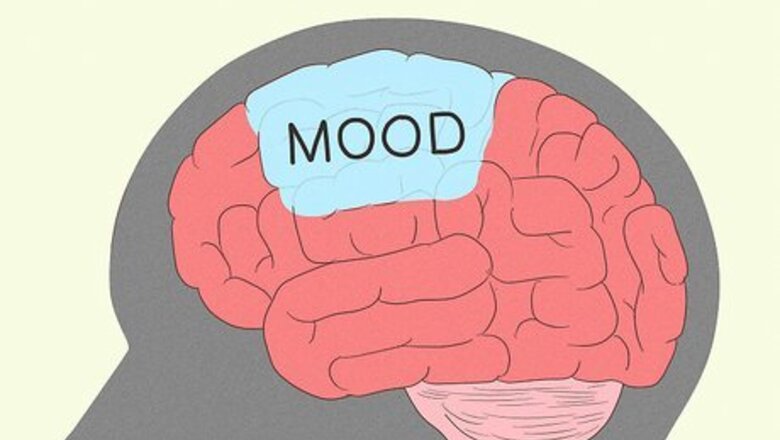
views
Why is Paxil so hard to get off of?
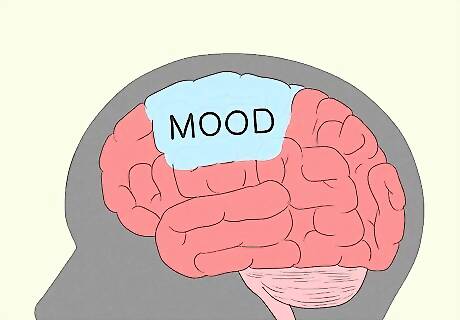
Paxil changes your brain chemistry to impact your mood. It's a selective serotonin reuptake inhibitor (SSRI)—a medication that delivers serotonin to nerves in your brain. Your brain cells quickly get used to the medication and they physically change. However, when you suddenly stop taking Paxil, the levels of medication drop and can trigger withdrawal problems. By gradually tapering off your dosage, you give your brain a chance to adjust to less of the medication so withdrawal symptoms aren't as severe.
What can I do to manage side effects?
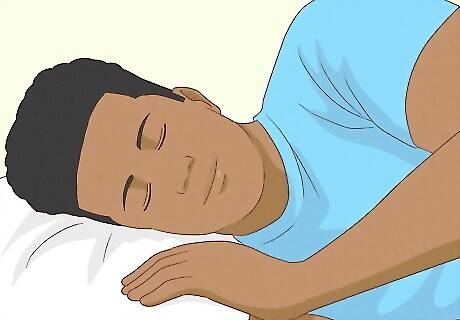
Get rest if you're feeling fatigued or drowsy. You'll probably feel tired in the first few weeks of tapering off Paxil, so give yourself time to rest during the day. Plan on a nap as well as some physical activity so you don't feel sluggish all day. The good news is that this common side effect seems to ease up pretty quickly. If you feel really drowsy, don't drive or operate dangerous machinery. If you're experiencing the opposite problem—having a hard time falling asleep—try taking your dose early in the morning and avoid caffeine. Your doctor can also prescribe a mild sleep aid while you're tapering off of Paxil.
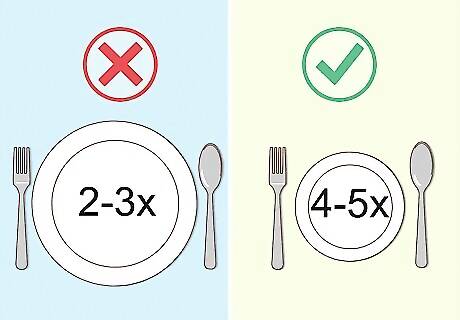
Switch to smaller, more frequent meals if you have nausea. Your stomach may feel irritated as you switch to a lower dose of Paxil. Instead of eating your usual 2 or 3 big meals, eat 4 or 5 small meals so it's easier for you to digest. You can also relieve sudden nausea by sucking on sugar-free hard candy or ginger. If these don't help, ask your doctor about switching to a slow-release form of Paxil while you're quitting it.
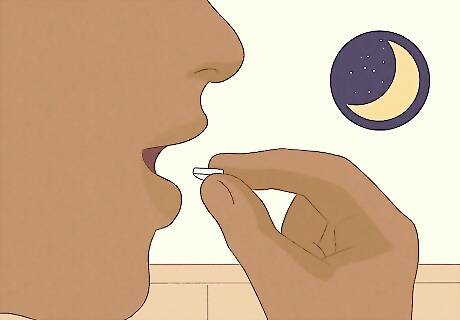
Take your dose at bedtime if you experience dizziness. If you feel unbalanced or woozy, stand up slowly after you've been sitting and walk with supports—use handrails or a cane if you're really dizzy. Staying hydrated can also help, but skip the caffeine or alcohol. You might experience electric shock-like sensations in your brain. Most people refer to these as brain zaps and researchers admit that more studies are needed to understand how to manage them.
Can I stop taking Paxil cold turkey?
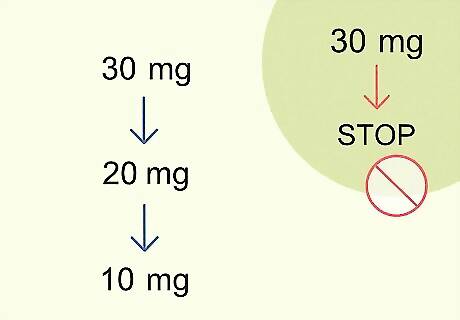
It's better to taper off Paxil slowly to prevent severe withdrawal symptoms. If you stop taking Paxil without reducing the dose first, you'll experience unpleasant withdrawal side effects like irritability, nausea, vomiting, dizziness, nightmares, headaches, or skin sensitivity. You may even have more severe symptoms like suicidal thoughts, which is why it's really important to work with your doctor or psychiatrist to gradually cut back on your dose. Keep in mind that any mental health issues that you're managing like anxiety disorder, PTSD, panic attacks, or depression, will probably rebound while you're getting off of Paxil. This is another reason it's so important to gradually taper off your dose.
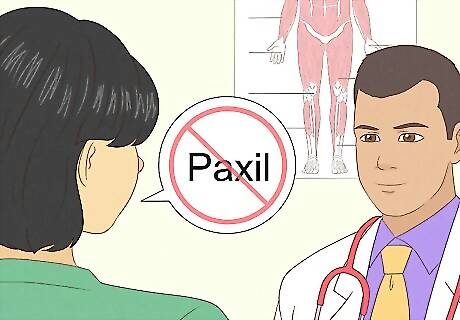
Talk to your psychiatrist before you stop taking Paxil cold turkey. Your doctor or psychiatrist will explain the risks of going off Paxil cold turkey, but they'll probably still want to monitor you if you're determined to stop right away. Either way, they need to know that you're not taking Paxil so they can give you the best care in the future. If you're taking Paxil to manage bipolar disorder and you suddenly stop taking the medication, you might switch from depression to mania. It's especially important for you to taper off your dose of Paxil before quitting it completely.
How do I taper off Paxil?
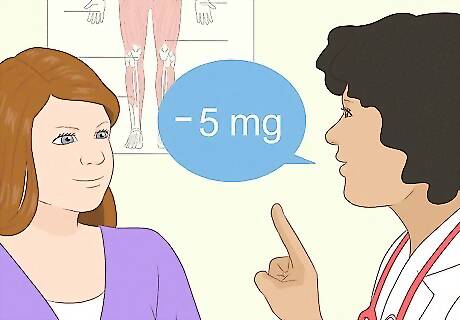
Create a personalized plan with the help of a psychiatrist. To minimize withdrawal symptoms, your psychiatrist will probably have you gradually reduce the amount of Paxil you take. Since they know your current dosage and history of depression, they can give you specific guidance about how much to take every week. Someone with severe depression will usually need to taper more slowly and be monitored more closely. It's also really important to talk with your doctor about why you want to stop taking Paxil. They'll want to be sure that you're able to manage your depression or anxiety without the medication.
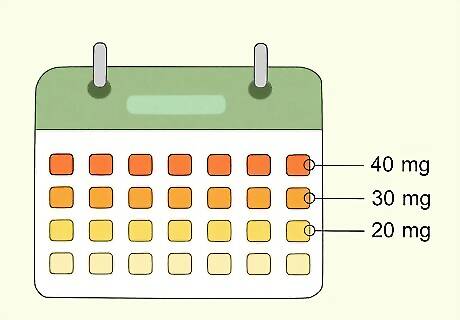
Reduce your dosage by 10 mg a day at weekly intervals. If you can't get a personalized plan, taper off your use of Paxil slowly. Plan to reduce your dosage by 10 mg a day and stay at this level for 1 week. Then, cut back another 10 mg a day for the following week. Keep reducing the amount until you're taking 20 mg a day. For instance, if you're currently taking 40 mg a day, reduce the amount to 30 mg and take this amount for 1 full week. Then, take 20 mg a day for the following week. It's totally fine to adjust your tapering rate if you're experiencing side effects. You may stay at a reduced level for more than a week or cut back by 5 mg instead of 10 mg. Recent studies have highlighted the lack of official tapering dosages and they've called for more research and guidelines.
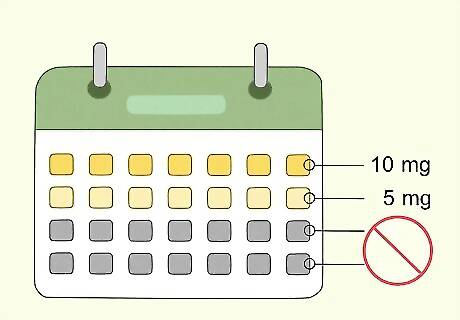
Stay at your lowest dosage for 1 week before you completely stop. Once you get to 20 mg, or a lower amount if you started with a smaller dosage, continue to take Paxil at that dose for 1 week. Then, stop taking it altogether. For instance, if you had been taking 10 mg a day, you'll be able to get off Paxil faster, but you still need to reduce the amount gradually. Go down to 5 mg a day for 1 week. Then, if you feel comfortable, stop taking Paxil.
Can I cut Paxil pills in half?
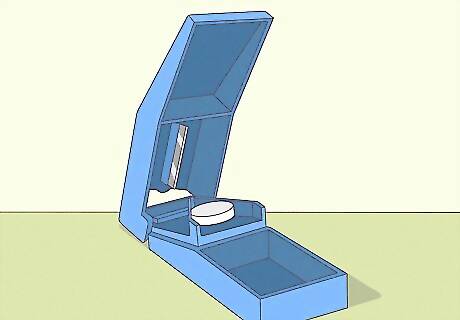
You can use a pill-cutter to cut immediate-release Paxil in half. Since you're adjusting your medication dose, you want to be accurate. Set a pill in the center of your pill cutter and line up the line on the pill with the blade of the cutter. Then, firmly press down to make an even, clean cut. For example, if you have a 10-mg pill, cutting it in half will give you two 5-mg pills. Avoid cutting extended-release Paxil in half since too much of the medication could flood your system at once. If you aren't sure if your pills are immediate or extended-release, ask your doctor or pharmacist. You may be able to switch to liquid Paxil—this can be easier to measure so you're accurately reducing your dosage every week. Talk with your doctor about writing a small prescription for you.
What helps with Paxil withdrawal?

Psychotherapy is great support for your depression or anxiety. You may be feeling anxious or concerned about going off of Paxil. Studies have shown that counseling and psychotherapy like cognitive behavioral therapy can help you get off of antidepressants without relapsing. Check with your insurance company to see what mental health resources are covered. You may need a referral from your primary care physician to get treatment. Minimize stress while you're quitting Paxil—try to avoid big life changes that cause you anxiety or take a break from people who stress you out so you can stay calm.

Joining a self-health group can make you feel supported. You might feel like you're alone during the tapering process, but that's not true! Your doctor is there to support you and you can find other people in the process of getting off of Paxil, too. Search online for a support group or check local community centers for anti-depressant support groups. Being able to talk with others who are going through the same experiences can really help. If there isn't a local support group, consider establishing one yourself. Contact local mental health support centers and ask about setting up an anti-depressant withdrawal group. Don't be afraid to let your family and close friends know that you're getting off of Paxil and might need extra support and encouragement.
How long does it take for Paxil to get out of your system?
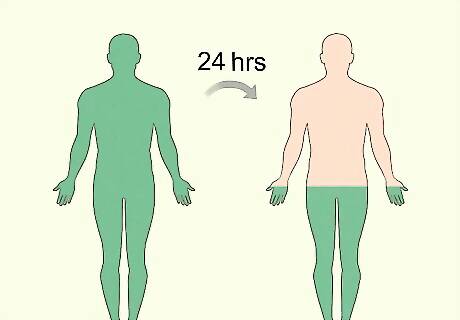
It takes 24 hours for half of the medication to be out of your system. Usually, you won't feel any side effects until 90% of the medication is out of your system. 99% of the Paxil will be out within 4 to 5 days of your last dose. The amount of time it takes for half of the medication to be out of your system is called the half-life. Paxil's half-life is 24 hours.
How long does it take to feel normal after quitting Paxil?
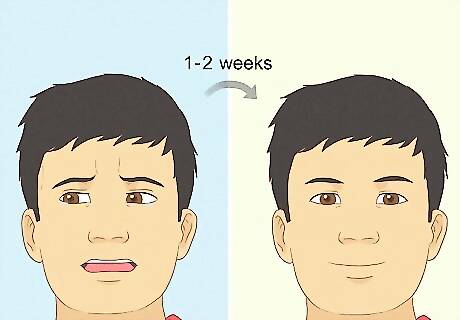
It can take 1 to 2 weeks after completely stopping. If you've been tapering off your dosage of Paxil, you probably won't have as severe withdrawal symptoms and they should clear up within a couple of weeks. It's completely normal to experience some withdrawal side effects, but your doctor can help you adjust the dose if the side effects are strong. The time it takes to feel normal also depends on your own body's tolerance to the medication and the dosage you'd been on. Some people might feel back to normal faster than others.

















Comments
0 comment